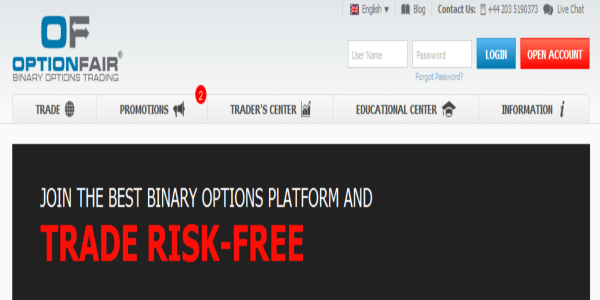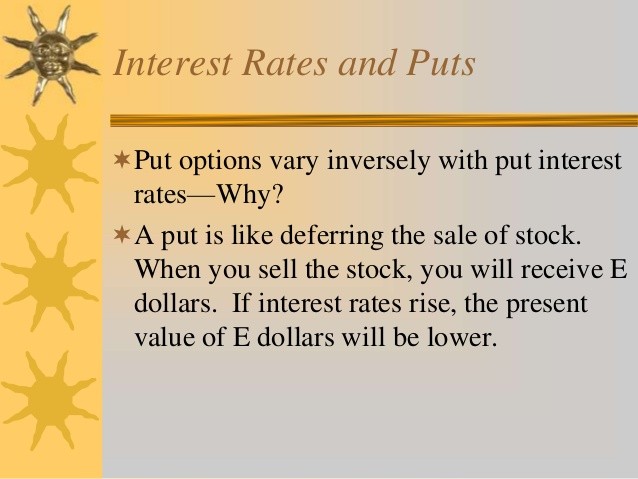Why I Sell Put Options (Part I)
Post on: 29 Май, 2015 No Comment

In this post I share why I never set market orders and rarely set limit orders when purchasing stocks and ETFs. To understand this post you’ll need somewhat of a background in stock options. To learn more about options and, how options can help protect your portfolio, and allow you to speculate with less money up front click here .
The first rule of serious investing is never set market orders! Never set market especially when the volume on the stock is light. If the last price of a stock was $8.50, many investors may think that’s the price they are going to pay. However if the current bid is $8.25 and current ask is $9 and you place an order to buy at market, you will buy at $9 (If you want more than what is offered, you’ll at least fill the quantity offered at that price).
So why not use a limit? When trying to buy a stock I’ll use the PUT option. If a stock is at 50 and I wanted to pay 45, I will then simply sell the closest to expiration put option contract for the 45 strike. I will then get a premium, and if the stock is below the price I want to pay, when the contract expires, I get the stock at the price I would have picked it up at anyway (price I would use to place the limit order). This helps get into the position cheaper, and if you’re like the old me (before I used this strategy) and set limit orders which automatically cancel at the end of the day; how many times have you forgot to replace that order on the following day?
How many times have you placed a limit order just to watch it never get filled? Well if you sell the put option you’ll receive a premium, so if you don’t get the stock at your set price, at least you keep the premium. A way to look at it is you’re getting free money if the option expires above the strike.
Obviously you wouldn’t use this strategy if you were buying less than 100 shares, or if you absolutely needed the stock today in your portfolio. The trade off is, if the stock trades at or below what your limit order would have been, and takes off to the upside, expiring above the strike, you don’t get the stock nor gains from the stock, just the gain of the premium from selling the put option.
In order to get the stock, it needs to close below the strike on the given options expiration day in order to get the shares.
Another negative of selling the put option is that options are less liquid than stocks, meaning you won’t be able to get in and out of the position as easily.
This is part one of two. In this post I will demonstrate this option strategy on a list of 25 popular stocks. In part two, I will show you this strategy using very volatile ETFs which I believe are safer than individual stocks, believe it or not.
All data as of market close Friday July 17, 2009.
HOW TO READ THE TABLE
NOTE: When using this strategy, I first decide what I am willing to pay for the stock. Let’s keep it simple and say I’m willing to buy the stock at a share price of 5% lower.
Terms used in table:
- Price: The most recent closing price (last quote price) for the stock
- 5%: The price which I am willing to pay for the stock which is 5% lower than the closing price
- Strike: The closest contract strike price to the 5% lower price. It may be slightly higher or slightly lower than the 5% lower price.
- Prem.: This is the theoretical premium received from selling the put option
- Adj. Cost: This is the adjusted cost for the stock, if you do happen to end up with the shares at expiration.

The first stock listed in the table below is Apple (NASDAQ:AAPL ). An example of this option strategy on AAPL would be interpreted as:
Sell the Apple (AAPL ) August 145 put option. This will give you $2.36 a share for Apple. If Apple expires above the indicated strike price you profit 100% of the premium received, if not your cost per share of the stock is $142.64, 6% lower than the close price and 1% lower than the price I was willing to pay.
All but one of these options expire on August 22; therefore the last trading day is Friday, August 21, 2009. The Sirius strategy from the table above expires in December. The Sirius Satellite Radio December $1 Put is an interesting play I have been watching and blogging about on OptionMaestro.com. If you wanted to go long Sirius, it may be a good idea to sell this Put, as it will get you in the stock 12.5% below the current share price and give you a lot of room to the upside in case it starts to rally.
These are just examples and are not recommendations to buy or sell any security; if you’re more bullish/bearish, youll want to adjust the strike price and expiration accordingly.
I’ve been using this strategy to purchase my shares and I find it has been working well. It’s a bad idea to use this strategy as a form of speculation, in other words selling a put for the premium just because you think a stock will never get to a lower strike by options expiration. Remember even if the stock goes to $0 a share, you’re still obligated to buy it for the indicated strike.
To learn more about selling puts and other option strategies check out my option trading books .














